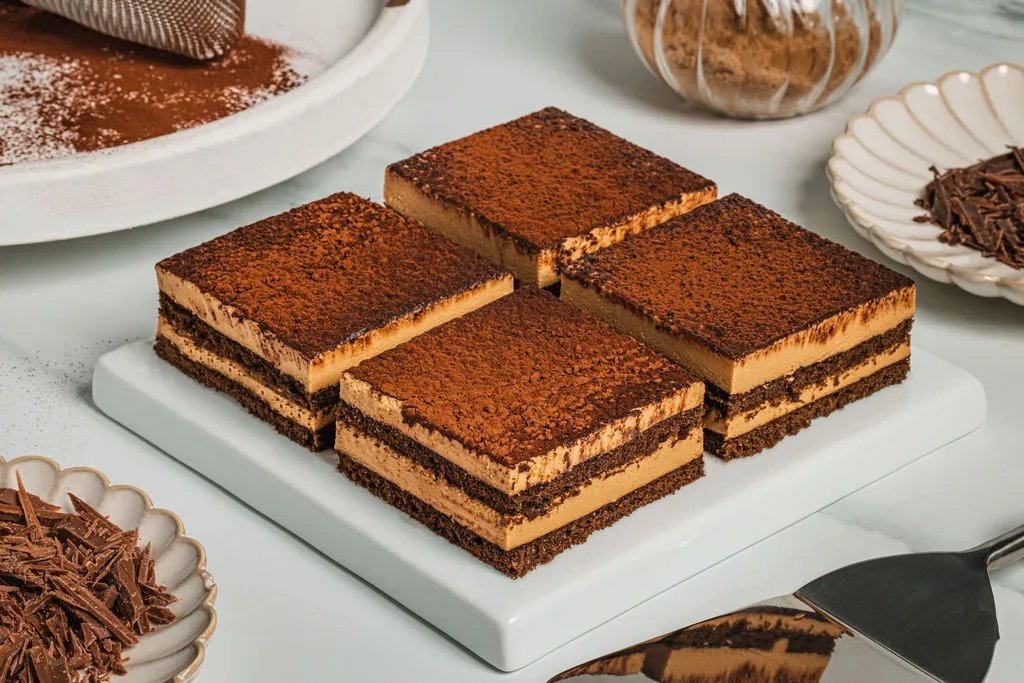At a glance
- Ambient foods, or shelf-stable items, include canned goods, dry pasta, and sauces.
- Refrigerated foods, such as dairy products, fresh meats, and salads, need cool temperatures to maintain their freshness and safety.
- Frozen foods, like pre-cooked meals and desserts, are preserved through deep-freezing.
In today’s bustling food service industry, where culinary delights abound, there’s a bounty of food types to consider. Every ingredient matters, and freshness is key.
Hence, understanding the nuances of food storage becomes paramount.
Among them are ambient, refrigerated, and frozen foods. Each with its own distinct characteristics and storage requirements that play a crucial role in maintaining the quality and safety of ingredients.
Ambient Food: Exploring the Pantry Staples
Imagine a well-stocked pantry where essentials like canned goods, dry pasta, and shelf-stable sauces reside without refrigeration. This is Ambient Food, also known as shelf-stable fare.
These items are carefully processed to withstand room temperature conditions while maintaining their quality and safety.
Ambient foods offer convenience and versatility, serving as pantry staples ready to use at a moment’s notice. The possibilities are endless, from canned fruits and vegetables to dried grains and pasta. Plus, ambient foods provide a sense of security with a longer shelf life than their perishable counterparts, allowing consumers to stock up without fear of spoilage.
As wholesale dessert suppliers, we understand the importance of pantry staples and excel at crafting delightful treats for every occasion. Consider incorporating wholesale desserts like packaged individual tarts, loaves & breads among your ambient offerings. Furthermore, some of Priestley’s Naked products, like our Muffins or Loaves, can be stored ambiently, ensuring freshness and convenience for your customers.
Refrigerated Food: Embracing the Cool Side
Step into the cool confines of the refrigerator, where dairy delights, fresh meats, and pre-made salads await. Refrigerated food represents a spectrum of perishable items that require refrigeration to maintain their freshness and safety. With temperatures hovering between 0–5 degrees Celsius, these foods find their sanctuary in the chilly embrace of the fridge.
For those after top-notch treats, why not include refrigerated wholesale desserts? Cheesecake slices or fancy tarts like desserts topped with ganache, toffee sauce, fruits and nuts can impress your customers.
The demand for refrigerated foods is undeniable. As evident by the significant expenditure of 14.48 billion British pounds in the refrigerated prepared food market in the UK alone. From creamy yoghurts to succulent cuts of meat, consumers crave the convenience and peace of mind that refrigerated products offer.
Frozen Food: Unlocking the Power of Preservation
Venture into the frosty realm of the freezer, where a treasure trove of pre-cooked meals, frozen vegetables, and indulgent desserts awaits. Frozen food showcases the best way to preserve items by using deep-freezing to keep their flavour, texture, and nutrients intact.
Priestley’s Gourmet Delights takes this a step further with its unique freezing process. All products are frozen within the hour of being baked, ensuring that freshness is locked in from the moment they are made.
In the age of convenience, frozen foods offer quick and easy meal solutions for busy food service establishments catering to individuals and families alike. Frozen meals help food service enterprises meet the needs of busy people and families in today’s fast-paced environment. Whether it’s a busy restaurant or a school cafeteria, the freezer aisle is an invaluable resource for meeting a variety of dining needs.
Don’t overlook frozen desserts! We understand the importance of keeping flavours fresh. Stock up on a variety of frozen wholesale treats, such as mini cakes, assorted pastries, and creamy cheesecakes, for all sorts of occasions.
Buy in bulk with Priestley’s Gourmet Delights.
Indulge in Priestley’s Gourmet Delights – Your Trusted Source for Culinary Excellence!
Satisfy your cravings with our divine selection of sweet and savoury treats. From our decadent mud cakes to our heavenly pavlovas and mouth-watering savouries, we offer an array of delights for every occasion. We are your trusted wholesale dessert supplier.
Experience the joy of exceptional flavours and unparalleled quality. Bulk buy our premium food today and treat yourself to a culinary journey like no other. Your taste buds will thank you!
Key Differences and Considerations
Let’s explore the key differences and considerations associated with each food storage category: ambient, refrigerated, and frozen foods.
Ambient Foods:
Ambient foods, also known as shelf-stable items, are the unsung heroes of the pantry. They offer convenience and longevity without the need for refrigeration. These foods undergo minimal processing and can be safely stored at room temperature, making them ideal for stocking up on pantry staples.
One key difference between ambient foods and their refrigerated and frozen counterparts is their minimal processing. While refrigerated and frozen foods may undergo extensive processing to maintain quality and safety, ambient foods retain their natural state to a greater extent, preserving their inherent flavours and nutritional value.
Considerations for ambient foods include their longer shelf life and pantry convenience. Proper storage in a cool, dry place allows ambient foods to last for extended periods, helping reduce food waste and offering consumers peace of mind. However, it’s essential to be mindful of expiration dates and storage conditions to ensure optimal quality and safety.
Refrigerated Foods:
In contrast to ambient foods, refrigerated foods require refrigeration to maintain their freshness and safety. These perishable items, including dairy products, fresh meats, and pre-made salads, thrive in the refrigerator’s cool temperatures, where microbial growth is inhibited and shelf life is extended.
One key difference between refrigerated foods and ambient or frozen items is their susceptibility to spoilage. Due to their higher moisture content and perishable nature, refrigerated foods are more prone to bacterial growth and degradation if not stored properly. As such, strict temperature control and adherence to expiration dates are essential considerations for ensuring food safety.
Considerations for refrigerated foods also extend to supply chain logistics and storage practices. From production facilities to distribution centres and retail outlets, maintaining consistent refrigeration temperatures is paramount. It helps to preserve the quality and safety of refrigerated products throughout the supply chain.
Frozen Foods:
Frozen foods represent the pinnacle of preservation, harnessing the power of deep-freezing to lock in flavour, texture, and nutrients. These pre-cooked meals, frozen vegetables, and indulgent desserts undergo rapid freezing. This inhibits microbial growth and enzymatic activity, ensuring an extended shelf life without compromising quality.
Frozen foods offer a convenient and nutritious option for those seeking to maintain a healthy diet. Thanks to advanced preservation methods like flash freezing, they lock in freshness and nutrients effectively. This ensures that even after months of storage, frozen foods can still provide the taste and nutritional benefits of their fresh counterparts.
Considerations for frozen foods include proper storage and handling practices to maintain quality and safety. In contrast, frozen foods offer convenience and versatility. However, fluctuations in temperature or improper storage can lead to freezer burn or degradation in texture and flavour.
Therefore, to maximise freshness and enjoyment, frozen items should be stored at the recommended temperature of 0°F (-18°C) and adhere to the recommended storage times.
In conclusion, understanding the difference between ambient, refrigerated, and frozen foods empowers consumers and businesses to make informed choices for a brighter culinary future. Whether it’s stocking up on pantry staples, filling the fridge with fresh delights, or exploring the frozen aisle for convenient meal solutions, each category offers its own unique benefits and possibilities.
So, the next time you embark on a culinary adventure, remember the diverse food storage methods available. From ambient pantry staples to refrigerated delicacies and frozen delights, a treasure trove of flavours is waiting to be explored.
Contact Priestley’s Gourmet Delights for products that can leave you wanting more. Bon appétit!









